News
-
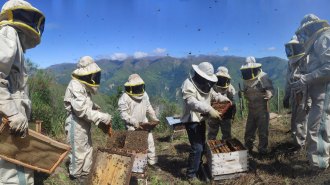 Animals
AnimalsXimena Velez-Liendo is saving Andean bears with honey
By training beekeepers, biologist Ximena Velez-Liendo is helping rural agricultural communities of southern Bolivia coexist with Andean bears.
-
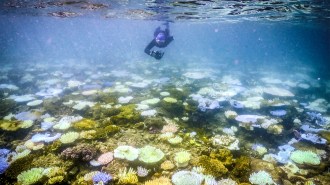 Climate
ClimateThree reasons why the ocean’s record-breaking hot streak is devastating
Ocean warming enhances hurricane activity, bleaches coral reefs and melts Antarctic sea ice. That warming has been off the charts for the past year.
By Nikk Ogasa -
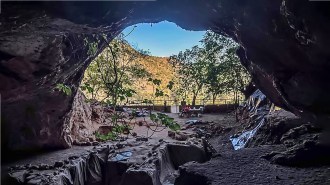 Archaeology
ArchaeologyThese Stone Age humans were more gatherer than hunter
Though not completely vegetarian, the Iberomaurusian hunter-gatherers from North Africa relied heavily on plants such as acorns, pistachios and oats.
By Jude Coleman -
 Humans
HumansRain Bosworth studies how deaf children experience the world
Deaf experimental psychologist Rain Bosworth has found that babies are primed to learn sign language just like spoken language.
By Meghan Rosen -
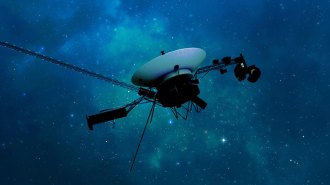 Space
Space‘Humanity’s spacecraft’ Voyager 1 is back online and still exploring
After five months of glitching, the venerable space probe contacted Earth and is continuing its interstellar mission billions of kilometers away.
By Ramin Skibba -
 Health & Medicine
Health & MedicineIrregular bone marrow cells may increase heart disease risk
Over time, bone marrow stem cells develop key genetic errors and pass them on to immune cells. This may increase the risk of developing heart disease.
-
 Health & Medicine
Health & MedicineTraces of bird flu are showing up in cow milk. Here’s what to know
We asked the experts: Should people be worried? Pasteurization and the H5N1 virus’s route to infection suggests risks to people remains low.
-
 Health & Medicine
Health & MedicineMalaria parasites can evade rapid tests, threatening eradication goals
Genetic mutations are making Plasmodium falciparum, parasites that cause malaria, invisible to rapid tests. New, more sensitive tests could help.
-
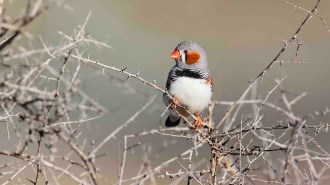 Ecosystems
EcosystemsNoise pollution can harm birds even before they hatch
Exposing zebra finch eggs and hatchlings to traffic sounds had lifelong health impacts, raising concerns about increased anthropogenic noise.
-
 Neuroscience
NeuroscienceRat cells grew in mice brains, and helped sniff out cookies
When implanted into mouse embryos, stem cells from rats grew into forebrains and structures that handle smells.
-
 Physics
PhysicsNewfound ‘altermagnets’ shatter the magnetic status quo
The newly discovered type of magnetic material could improve existing tech, including making better and faster hard drives.
-
 Health & Medicine
Health & MedicinePelvic exams at hospitals require written consent, new U.S. guidelines say
Hospitals must now get written consent to perform pelvic, breast, prostate and rectal exams on sedated patients or risk losing federal funding.
By Meghan Rosen